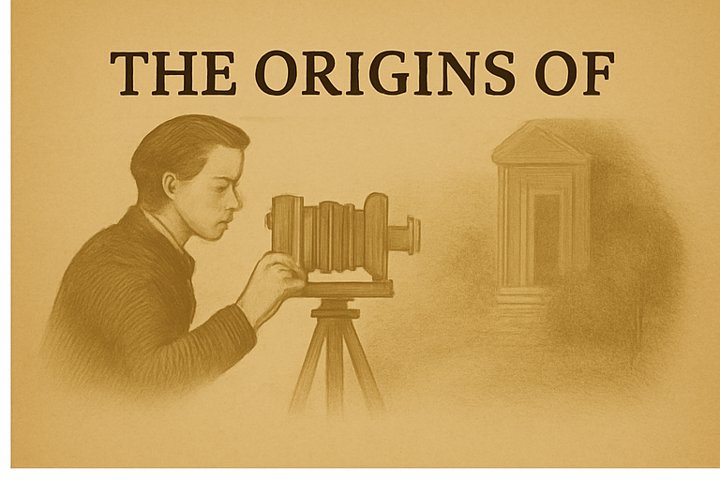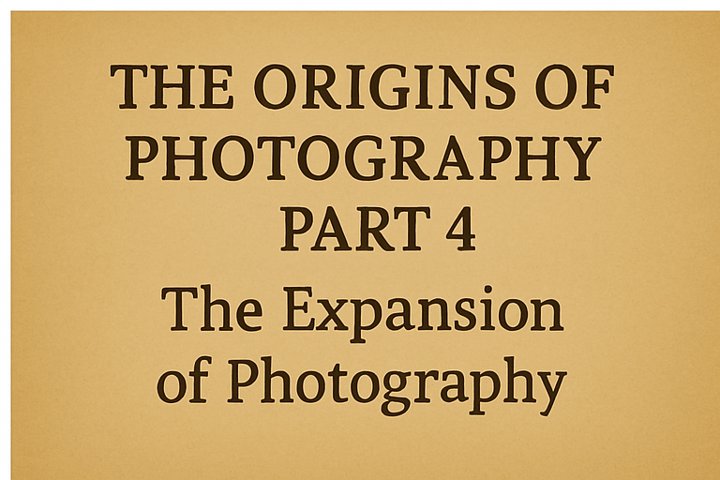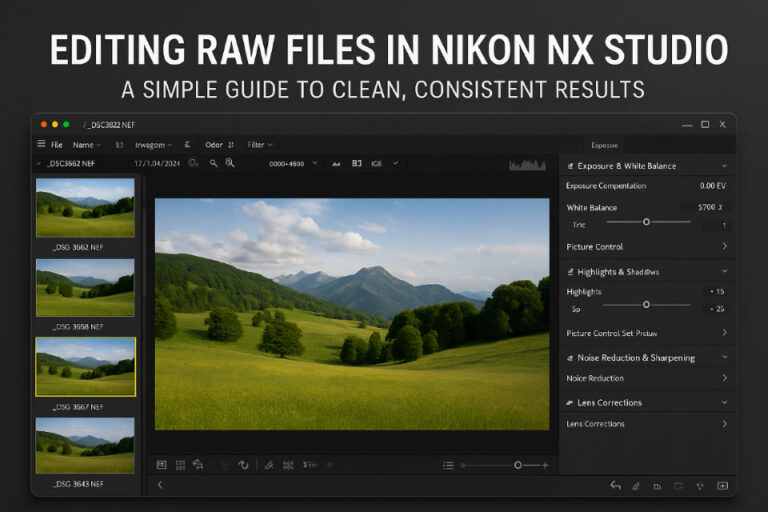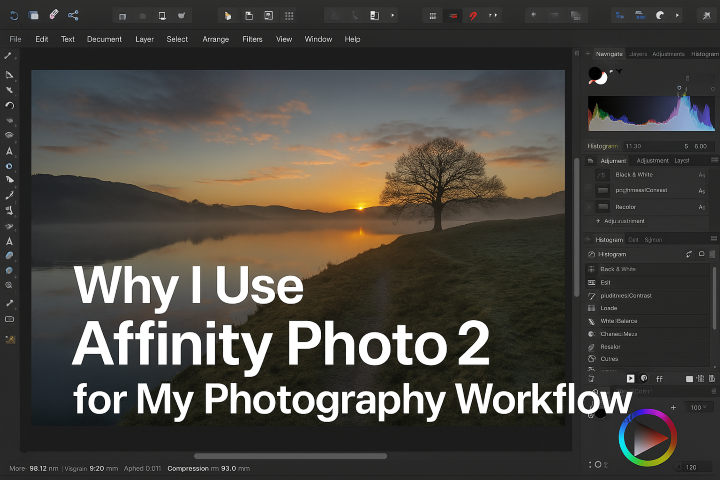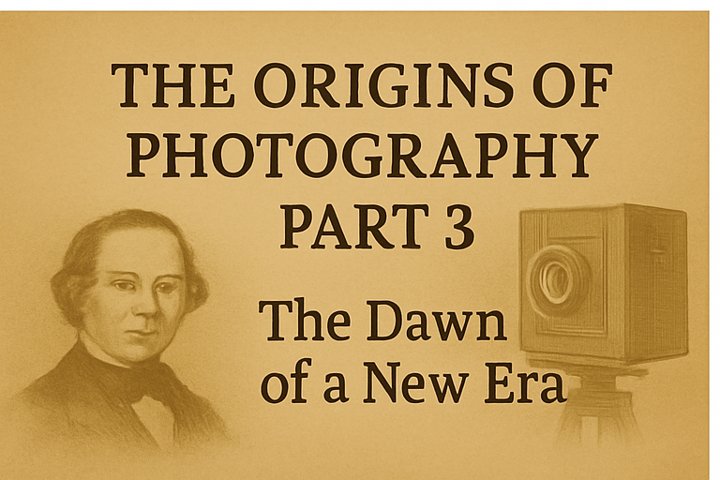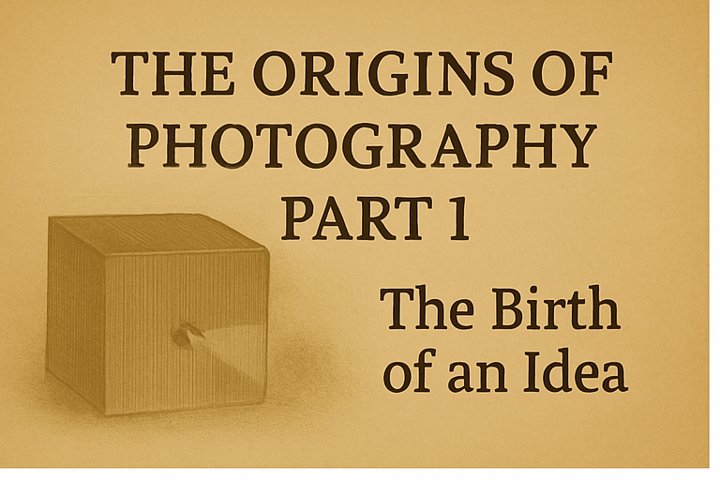Origins of Photography – Part 2
Photography Finds Its Voice
After the invention of the daguerreotype and calotype in the early 1800s, photography quickly became more than a technical curiosity. By the mid-19th century, it was shaping science, society, and art.
Photographers began to document city life, distant lands, and even war. For the first time, people could see places and events they had never experienced themselves — photography was shrinking the world.
From Documentation to Art
What began as a scientific tool soon sparked artistic debate. Could photographs be art, or were they just mechanical records of reality?
- Julia Margaret Cameron softened her focus and embraced imperfections, proving photographs could convey emotion and atmosphere.
- Eadweard Muybridge used sequential images to study motion, capturing the split second when a galloping horse’s hooves all left the ground.
These pioneers showed that photography could both reveal truth and create interpretation — a balance that continues today.
Glass, Collodion, and Silver
Technical progress came fast:
- The wet plate collodion process (1850s) produced sharper, reproducible negatives.
- Portrait studios flourished, bringing personal likenesses to families everywhere.
- By the late 1800s, photography was portable, cheaper, and far more accessible.
Setting the Stage for the 20th Century
By the turn of the century, photography had become part of daily life — in newspapers, family albums, scientific studies, and artistic salons. It was no longer just about “capturing” reality, but about interpreting it.
Why It Matters Today
These decades remind us that photography is never only about the device. It is also about intent — whether to document, persuade, or inspire. Every photograph carries both information and interpretation, echoing the journey from science to art that shaped the medium’s early years.
The Origins of Photography Series
Part 1: The Birth of an Idea
Part 2: Photography Finds Its Voice
Part 3: The Dawn of the Commercial Era
Part 4: The Expansion of Photography
More parts coming soon.
Previous part ← Part 1: The Birth of an Idea
Next in the series → Part 3: The Dawn of the Commercial Era

